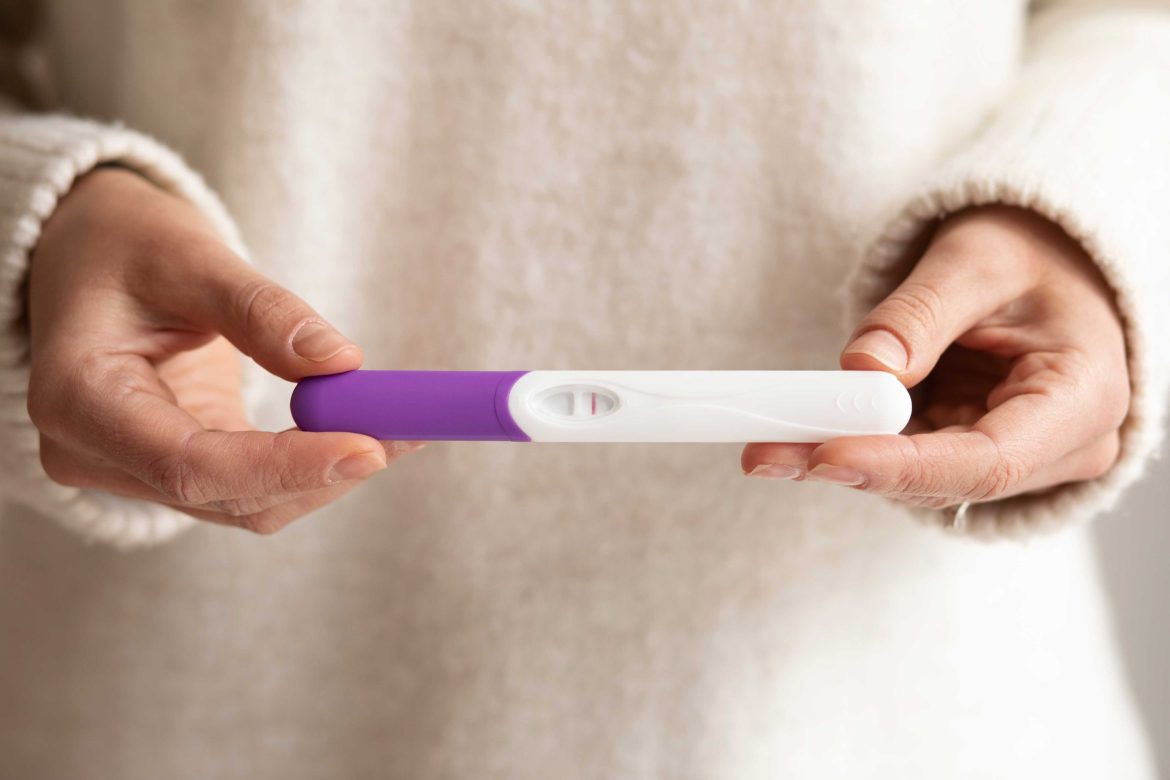Infertility is a complex and emotionally challenging condition that affects many couples worldwide. While both male and female factors contribute to infertility, this article will focus on understanding female infertility and the solutions available. We will explore the causes, diagnosis, and treatment options for female infertility and the support systems that can help couples navigate this difficult journey. By shedding light on the latest advancements and holistic approaches, we aim to provide a comprehensive guide to those seeking hope and solutions for female infertility.
Understanding Female Infertility
What is Female Infertility?
Female infertility refers to the inability of a woman to conceive after a year of regular, unprotected intercourse. It can result from various factors affecting the reproductive system, including hormonal imbalances, structural issues, and lifestyle factors. Infertility can also be categorized into primary infertility (never having conceived) and secondary infertility (difficulty conceiving after a previous pregnancy).
Common Causes of Female Infertility
Hormonal Imbalances
Hormonal imbalances can disrupt the regular ovulation process, making it difficult for women to conceive. Conditions like polycystic ovary syndrome (PCOS), thyroid disorders, and hyperprolactinemia are common causes of hormonal infertility. These conditions can interfere with the release of eggs from the ovaries, the regulation of the menstrual cycle, and the preparation of the uterus for implantation.
Structural Abnormalities
Structural abnormalities in the reproductive organs can hinder conception. Issues such as blocked fallopian tubes, uterine fibroids, and endometriosis are common structural causes of infertility. Blocked fallopian tubes prevent the egg and sperm from meeting, while uterine fibroids and endometriosis can interfere with implantation and embryo development.
Age-Related Factors
Age plays a significant role in female fertility. As women age, the quantity and quality of their eggs decline, reducing their chances of conceiving. Women over the age of 35 may experience a natural decline in fertility, making it more challenging to achieve pregnancy.
Lifestyle Factors
Lifestyle factors such as smoking, excessive alcohol consumption, poor diet, and obesity can impact fertility. Hormone levels, ovulation, and general reproductive health can all be impacted by these variables. Maintaining a healthy lifestyle is crucial for optimizing fertility.
Diagnosis of Female Infertility
Initial Assessment
The diagnosis of female infertility begins with a comprehensive medical history and physical examination. Healthcare providers will inquire about the woman’s menstrual cycle, sexual history, and any underlying medical conditions. This initial assessment helps identify potential causes and guides further testing.
Ovulation Testing
Ovulation testing is a fundamental step in diagnosing female infertility. Blood tests to measure hormone levels, such as follicle-stimulating hormone (FSH) and luteinizing hormone (LH), can provide insights into the woman’s ovulatory function. Home ovulation kits that detect LH surges in urine can also be useful in tracking ovulation.
Imaging Studies
Imaging studies, such as transvaginal ultrasound, are used to assess the reproductive organs. Ultrasound can detect structural abnormalities like fibroids, cysts, and endometriosis. Hysterosalpingography (HSG) is another imaging technique that involves injecting a dye into the uterus and fallopian tubes to check for blockages.
Ovarian Reserve Testing
Ovarian reserve testing evaluates the quantity and quality of a woman’s remaining eggs. Blood tests measuring anti-Müllerian hormone (AMH) and antral follicle count (AFC) through ultrasound are commonly used. These tests help predict how well a woman may respond to fertility treatments.
Laparoscopy
In some cases, a minimally invasive surgical procedure called laparoscopy may be performed. This procedure allows doctors to directly visualize the pelvic organs and diagnose conditions such as endometriosis and pelvic adhesions that may not be detected through imaging studies alone.
Treatment Options for Female Infertility
Medications
Ovulation Induction
Medications such as clomiphene citrate and letrozole are commonly prescribed to stimulate ovulation in women with irregular menstrual cycles or anovulation. These medications work by increasing the production of hormones that trigger ovulation.
Hormone Therapy
Hormone therapy may be used to treat hormonal imbalances that contribute to infertility. For example, women with thyroid disorders may receive thyroid hormone replacement therapy, while those with hyperprolactinemia may be treated with medications to reduce prolactin levels.
ART
IVF
IVF is a popular form of assisted reproduction in which eggs are taken out of the ovaries, fertilized in a lab with sperm, and the resulting embryos are then placed inside the uterus. IVF is often recommended for women with blocked fallopian tubes, severe endometriosis, or unexplained infertility.
ICSI
In a particular type of IVF called ICSI, an egg is directly injected with a single sperm to aid in fertilization. This technique is used in cases of severe male infertility or when previous IVF cycles have resulted in poor fertilization rates.
IUI
IUI involves placing prepared sperm directly into the uterus around the time of ovulation. This procedure increases the chances of sperm reaching the egg and is often used in cases of mild male infertility, unexplained infertility, or cervical mucus issues.
Surgical Interventions
Laparoscopic Surgery
Laparoscopic surgery can be used to treat structural abnormalities such as endometriosis, fibroids, and pelvic adhesions. This minimally invasive procedure involves making small incisions and using a camera and surgical instruments to remove or correct the abnormalities.
Tubal Surgery
Tubal surgery may be performed to repair or unblock fallopian tubes, allowing the egg and sperm to meet naturally. However, the success rates of tubal surgery can vary, and IVF may be recommended if the surgery is not successful.
Lifestyle Modifications
Healthy Diet and Exercise
Maintaining a healthy diet and regular exercise routine can improve fertility. Reproductive health can be supported by eating a diet high in fruits, vegetables, whole grains, and lean proteins. Regular physical activity helps regulate hormones and maintain a healthy weight, both of which are important for fertility.
Stress Reduction
Chronic stress can negatively impact fertility by disrupting hormonal balance and ovulation. Techniques such as yoga, meditation, and acupuncture can help reduce stress levels and improve overall well-being, potentially enhancing fertility.
Avoiding Harmful Substances
Avoiding harmful substances such as tobacco, excessive alcohol, and recreational drugs is crucial for optimizing fertility. These substances can negatively affect hormone levels, ovulation, and overall reproductive health.
The Role of Male Infertility
Understanding Male Infertility
While this article focuses on female infertility, it is important to recognize that male infertility plays a significant role in a couple’s ability to conceive. Male infertility can result from low sperm count, poor sperm motility, or abnormal sperm morphology. A comprehensive evaluation of both partners is essential for accurate diagnosis and effective treatment.
Collaborative Treatment Approaches
Collaborative treatment approaches that address both male and female factors can significantly improve the chances of conception. Couples may benefit from combined treatments such as IUI or IVF with ICSI, which can help overcome both male and female infertility issues.
Conclusion
Female infertility is a complex condition with various causes and treatment options. Understanding the factors contributing to infertility, undergoing a comprehensive diagnosis, and exploring available treatments can provide hope and solutions for couples struggling to conceive. By addressing both male and female factors, maintaining a healthy lifestyle, and seeking emotional support, couples can navigate the challenges of infertility and move towards achieving their dream of parenthood. Advances in medical science and holistic approaches continue to offer new possibilities, making the journey to overcoming female infertility more hopeful than ever before.




